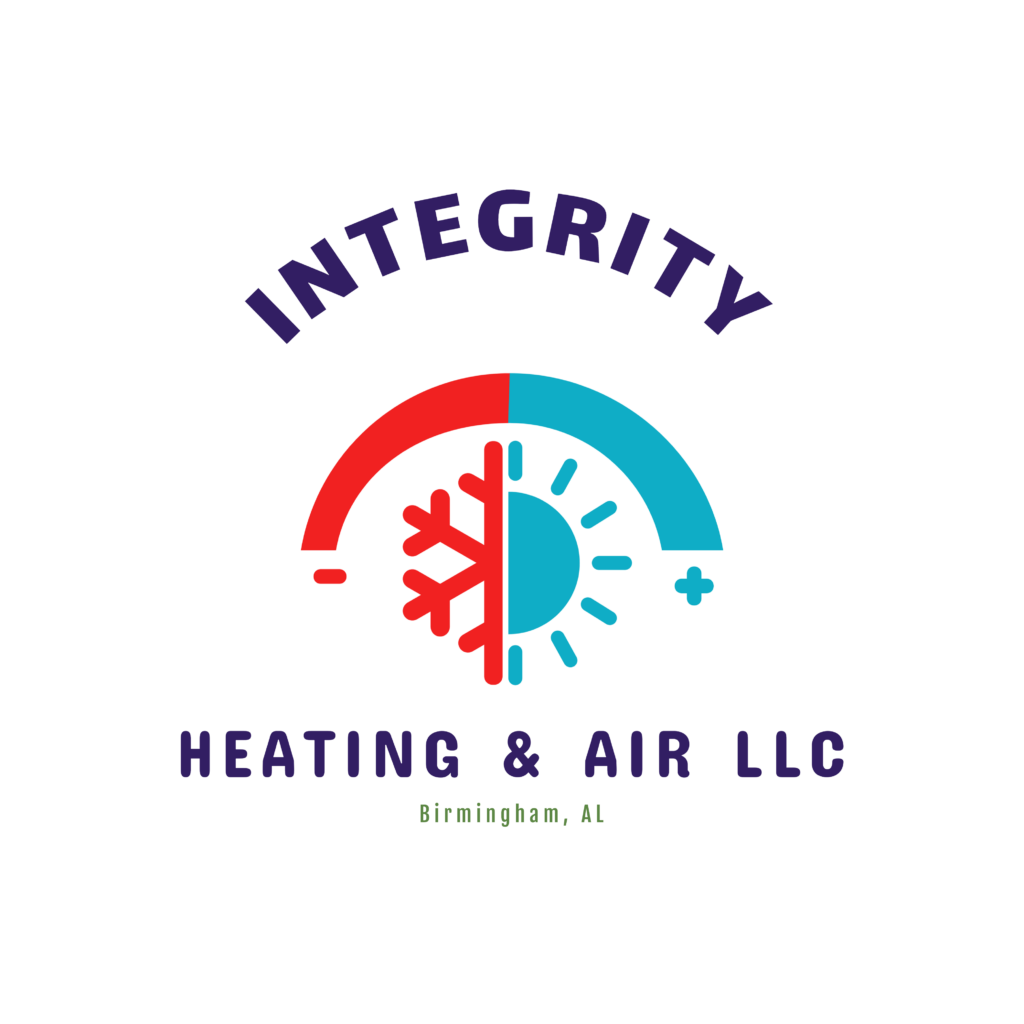Title: Choosing the Right Thermostat for Your HVAC System
When it comes to maintaining a comfortable and energy-efficient home, choosing the right thermostat for your HVAC system is crucial. With the advancements in technology, there are now various types of thermostats available on the market, each offering different features and capabilities. In this blog post, we will explore the factors to consider when selecting a thermostat for your HVAC system and how to make an informed decision.
1. Compatibility with Your HVAC System:
Before purchasing a thermostat, it’s essential to ensure that it is compatible with your HVAC system. Different systems, such as central heating and cooling, heat pumps, or radiant heating, may require specific types of thermostats. Understanding the compatibility requirements will help you narrow down your options and select a thermostat that works seamlessly with your HVAC system.
2. Programmable vs. Smart Thermostats:
One of the key decisions to make is whether to opt for a programmable thermostat or a smart thermostat. Programmable thermostats allow you to set temperature schedules based on your daily routine, helping you save energy by adjusting the temperature when you are away or sleeping. On the other hand, smart thermostats offer advanced features such as remote access, learning capabilities, and integration with smart home systems. They provide greater control and energy-saving potential, but may come with a higher initial cost.
3. Energy Efficiency and Cost Savings:
Choosing an energy-efficient thermostat can lead to significant cost savings on your energy bills. Look for thermostats with Energy Star certification, which indicates that they meet strict energy efficiency guidelines set by the Environmental Protection Agency (EPA). Additionally, features such as adaptive recovery, geofencing, and usage reports can help optimize energy usage and reduce your environmental footprint.
4. User-Friendly Interface and Features:
Consider the ease of use and the features offered by the thermostat. A user-friendly interface, intuitive controls, and clear display are essential for convenient temperature adjustments. Some thermostats come with additional features such as humidity control, air filter reminders, and zoning capabilities, which can enhance your overall comfort and indoor air quality.
5. Installation and Maintenance:
The installation process and maintenance requirements of the thermostat should also be taken into account. While some thermostats can be easily installed by homeowners, others may require professional installation. Additionally, consider the long-term maintenance needs, such as battery replacement or software updates, to ensure the smooth operation of the thermostat.
In conclusion, choosing the right thermostat for your HVAC system is a decision that can have a significant impact on your comfort, energy usage, and overall home environment. By considering factors such as compatibility, programmability, energy efficiency, user-friendly features, and installation/maintenance requirements, you can make an informed choice that meets your specific needs and preferences. Investing in a high-quality thermostat will not only enhance your comfort but also contribute to a more sustainable and energy-efficient home.
Remember that when in doubt or unsure about the compatibility or installation process, it’s always best to consult with a professional HVAC technician who can provide expert guidance and ensure that your thermostat is seamlessly integrated with your HVAC system. Making the right choice now can lead to long-term benefits in terms of comfort, energy savings, and environmental impact.

